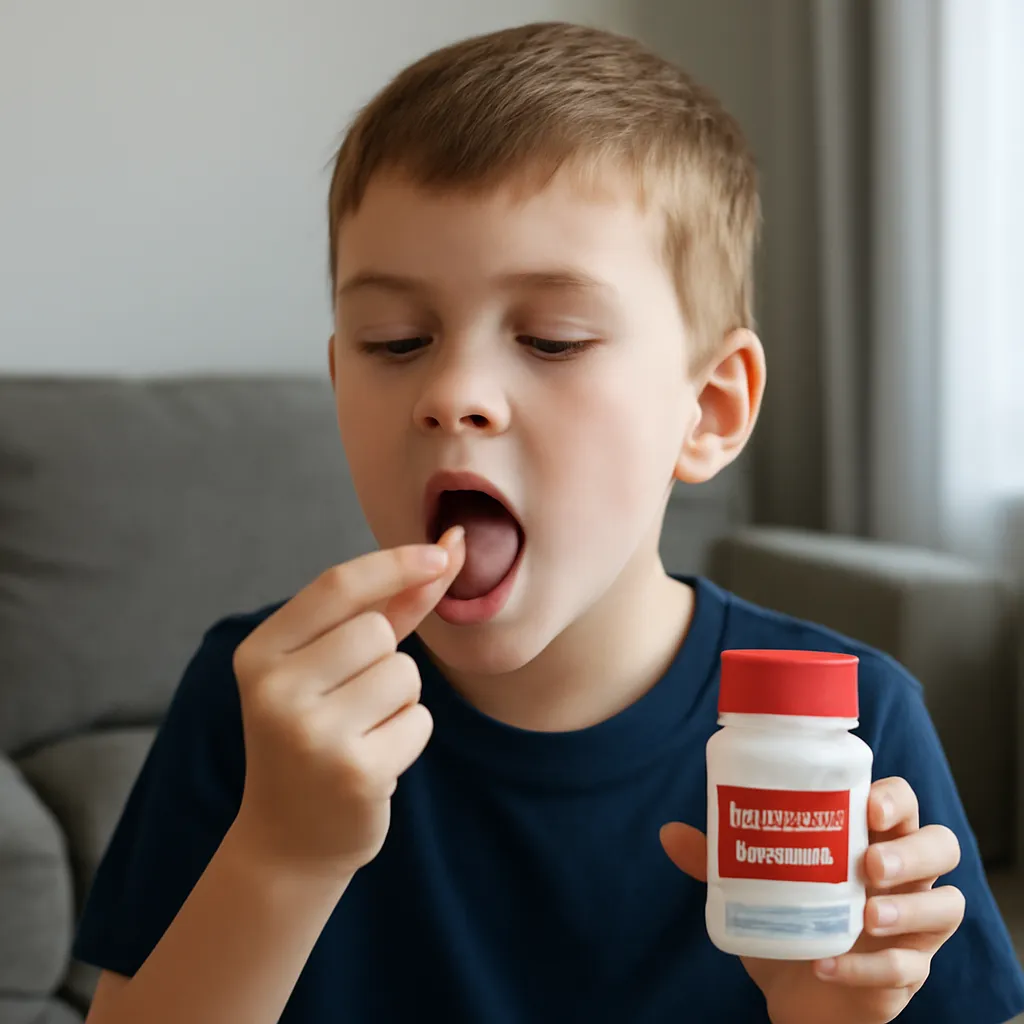Tylenol is a widely used over-the-counter medication, known for its ability to reduce fever and alleviate pain. Many parents and caregivers rely on it to manage common ailments in children, including headaches, minor injuries, and illnesses. However, understanding the proper use of Tylenol, especially for elementary school-aged children, is crucial to ensure safety and effectiveness. This article explores the use of Tylenol 500mg in children, with a focus on elementary school students.
Understanding Tylenol 500mg for Children
When considering Tylenol for elementary school-aged children, one of the first things parents and guardians should be aware of is the appropriate dosage. Tylenol 500mg tablets are often too strong for young children, and administering this dosage incorrectly can result in serious health risks. Typically, children between the ages of 6 and 12 may be able to take Tylenol in varying dosages depending on their weight and age, but this is not always the case with the 500mg formulation.
Why 500mg May Be Too Much for Younger Children
The recommended dosage for children under 12 usually depends on their weight. For example, younger children (typically under the age of 6) are usually prescribed a lower dose, like 160mg to 250mg per dose. While Tylenol is considered safe when used correctly, exceeding the recommended dosage can result in severe liver damage. The 500mg tablets are intended for adults or older children who are better able to process the medication safely.
For elementary school students (typically between 6-12 years old), a pediatrician’s recommendation is essential. Some children may be able to take 500mg, but only under strict medical supervision. Incorrect dosing can lead to harmful side effects such as liver toxicity, which is why it’s vital to follow the precise instructions.
The Importance of Monitoring Dosage
It is important to remember that parents should never rely on a one-size-fits-all approach when giving medications like Tylenol. Always refer to the weight guidelines listed on the packaging or consult a healthcare provider for personalized advice.
If you find yourself unsure, it’s always better to seek medical advice rather than risk an overdose. Parents should be particularly careful when using other medications alongside Tylenol to avoid doubling up on acetaminophen, which can increase the risk of toxicity.
👉 Learn More About Safe Tylenol Usage 👈
What to Know About Giving Tylenol to Elementary School Students
There is no denying that Tylenol is one of the most common and widely available medications for children. However, when it comes to administering Tylenol to elementary school students, parents should be aware of a few critical points.
The Right Time to Use Tylenol
Elementary school-aged children are often susceptible to a variety of illnesses, from the flu to ear infections. In these cases, Tylenol can be helpful for controlling fever and easing pain. However, it is crucial to ensure that Tylenol is only used when necessary. Overuse of pain relievers in children can mask symptoms of more severe conditions.
If your child is experiencing discomfort, fever, or aches, first consider natural remedies such as hydration, rest, and comfort measures. Only turn to Tylenol when these methods fail to provide relief, and always follow dosing guidelines carefully.
Tylenol 500mg Children: Is It Safe?
When giving Tylenol to an elementary school student, parents must make sure they are giving the correct formulation. For children aged 6-12, the recommended dosage is often in the form of liquid medicine or chewable tablets with much smaller amounts of active ingredients. The 500mg tablet is typically not recommended for younger children, but older children may be prescribed this dosage for short-term use, depending on their weight and the severity of their symptoms.
In general, a child’s weight plays a significant role in determining how much Tylenol is appropriate. For example, a child weighing over 50kg (about 110 pounds) may be able to safely tolerate 500mg of Tylenol, while a lighter child may require less.
How to Administer Tylenol Safely
Parents should always ensure that the child’s dose is accurately measured, especially if using liquid Tylenol. Using a medicine dropper or syringe is a good way to ensure precision. The key is to administer the correct amount based on the child’s weight and age. Moreover, avoid giving Tylenol more frequently than the recommended dose, and make sure there are at least 4-6 hours between doses.
Never give Tylenol to children under the age of 2 without first consulting a doctor. Additionally, be aware of potential side effects and signs of overdose, which include nausea, stomach pain, and confusion.
👉 Check Tylenol Dosage for Children Here 👈
The Risks of Incorrect Dosing of Tylenol in Children
Tylenol, while safe when used correctly, can have severe consequences when the wrong dosage is given. Overdosing on Tylenol is one of the leading causes of liver damage and poisoning in children. This is why it is crucial to never guess the correct dose and always follow the instructions on the label.
What Can Happen If Too Much Tylenol Is Taken?
When a child takes too much Tylenol, the first signs of an overdose may be vague, such as stomach pain, nausea, and loss of appetite. These symptoms can easily be mistaken for something less serious, so it is essential to remain vigilant. If your child shows any of these symptoms after taking Tylenol, seek medical attention immediately.
In more severe cases, an overdose of Tylenol can cause irreversible liver damage, which could require a liver transplant in extreme cases.
Tylenol Overdose and Liver Damage
The liver processes acetaminophen, the active ingredient in Tylenol. In large amounts, acetaminophen can overwhelm the liver’s ability to metabolize it, leading to a buildup of toxic substances in the bloodstream. This can lead to liver failure, which is why it is so crucial to stick to the prescribed dosage.
For those with pre-existing liver conditions or children who take other medications that affect the liver, extra caution is necessary. Always consult a doctor before administering Tylenol to ensure it is safe for your child’s specific health needs.
👉 Learn About Tylenol Overdose Symptoms 👈
Conclusion
Tylenol can be an effective and safe way to manage pain and fever in elementary school children when used appropriately. However, it’s important to recognize that Tylenol 500mg tablets may not be suitable for younger children, especially those in elementary school. Always ensure that you are administering the correct dosage based on your child’s weight and age.
By following the proper guidelines and seeking advice from a healthcare provider, you can help ensure that Tylenol is used safely and effectively. When in doubt, always opt for lower doses formulated for children and consult a medical professional before making any decisions. Safe medication practices can help protect your child’s health while relieving discomfort effectively.






